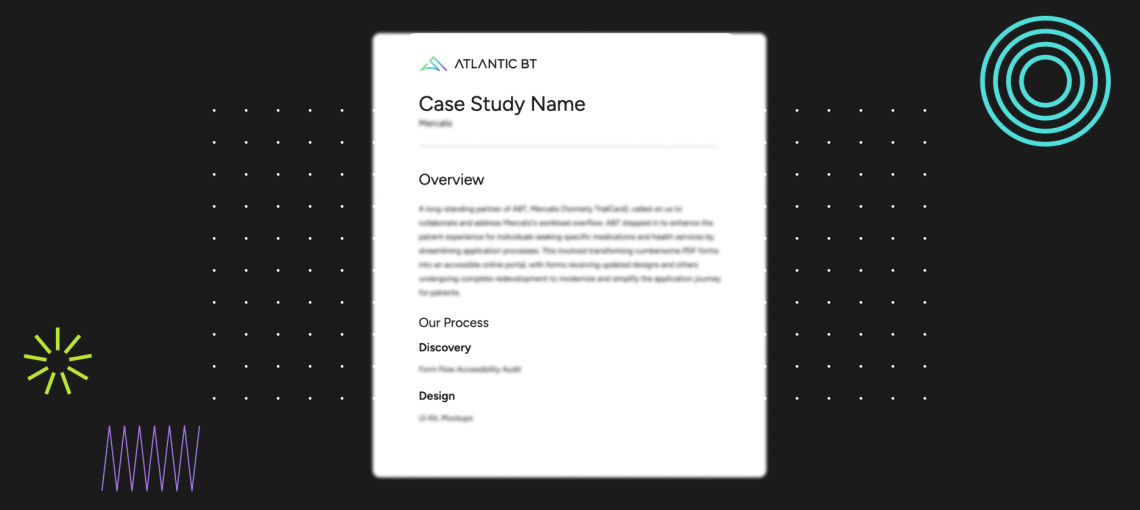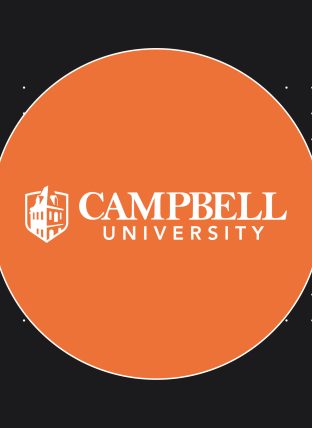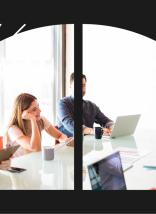When working towards winning enterprise, government, and higher ed projects; smart organizations will only consider your services after reviewing past results. It’s in their best interest to make sure you have a proven process that serves the requirements of an organization their size.
But sometimes, the most relevant examples of your work will be with an anonymous partner.
You could simply stick to writing about businesses that allow you to use their name. Or, you could learn how to impactfully write anonymous case studies. Your portfolio will ideally have a healthy mix of both.
Our 5 tips for writing anonymous case studies are:
- Lead with results.
- Come up with a name for reference.
- Use this name as little as possible.
- Take advantage of anonymity.
- Give very specific, tangible details.
When writing anonymous case studies, you have three goals.
Case studies are ultimately about building trust. But it can be challenging to build trust when you are hiding details. Your goals are to:
- Reduce suspicion that you are making this case study up.
- Prove that you have a game plan by showcasing your processes.
- Demonstrate that your processes get results for large brands.
Achieve these goals by following our 5 writing tips.
1) Lead with results. In order to distract from the fact you are not giving a name, focus on the results at the very beginning of the case study. You can do this in a summary format early on. Then, go into careful detail of the results at the end of the case study, where they naturally belong.
2) Come up with a name for reference. You will have to refer to the business as something. You may choose to call it “this city,” “this South Carolina university,” or “this vehicle brand.” Whatever you choose, you want it to be as specific as possible without giving away the brand (or over-hinting in a way that could annoy your client).
3) Use the reference name as little as possible. You do want to use a descriptive name to give readers a frame of reference in the beginning. However, overusing these pronouns can be awkward and remind the reader that you are hiding an identity. To reduce use of these names, structure sentences to refer to the project and work itself rather than the business:
- The goal of this redesign project was to cater to predefined personas.
- A new website would grow the brand and unlock new B2B opportunities.
- A new system would allow for more administrative efficiency.
4) Take advantage of anonymity. A common reason for clients to disprove case studies is they paint the company in a bad light.
Since there’s no name tied to this content, you can get into all the nitty gritty details without embarrassing anyone. Was the project a total mess when you first came in? You can unveil all the business issues the company was facing, which can provide context that will enhance end results.
5) Give very specific, tangible details. Detail your process as much as possible. Talk carefully about each step you took to solve the problem, what methods or technologies were involved, and what specific client challenges you tackled.
Images are another way to tangibly show credibility. Best case scenario, use any visuals or pictures of your team working on the project that you can. Be careful to remove identifying logos, names, images, and data.

Instead of rounding when presenting final results, use exact numbers for percentages increased, ROI, and any other metrics.
An example of one of Atlantic BT’s anonymous case studies.
In Atlantic BT’s case study about a redesign project (no longer available), we direct readers’ focus away from anonymity by highlighting the results right after the intro. We refer to the project as “a pharmacy school” early on, later using language that speaks directly to the project itself rather than calling out a name. For example:
The new website included enhanced features and a scalable content system that supported growth.
We then clearly define the work implemented, getting into details like card sorts, 3 methods for testing, and direct quotes from survey takers. These specific quotes act as metrics of success:
- “It’s pretty clean. I like that there is a lot of space. It’s breathable.”
- “It looks cleaner and a lot less chaotic.”
We go into further detail by mentioning the original technologies used by this school and how we transformed the website with Advanced Custom Fields in WordPress.
Anonymous case studies don’t always work.
Many readers are here to skim, or just review a logo and images. In these cases, your hard work will do little to build authority with these readers. While you should never rely on anonymous case studies to build full confidence in a reader, they can enhance your existing portfolio of success stories.
You may also consider using them as a sales tool to send to prospects you are already conversing with. In that situation, you already have some buy-in.
Ready to grow your business strategy?
Writing compelling case studies is a small piece of your content strategy. If you need support with market research, business process analysis, or digital strategy; our team is happy to help you get started. Contact us for a free consultation.











